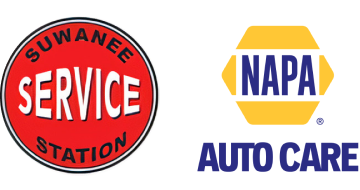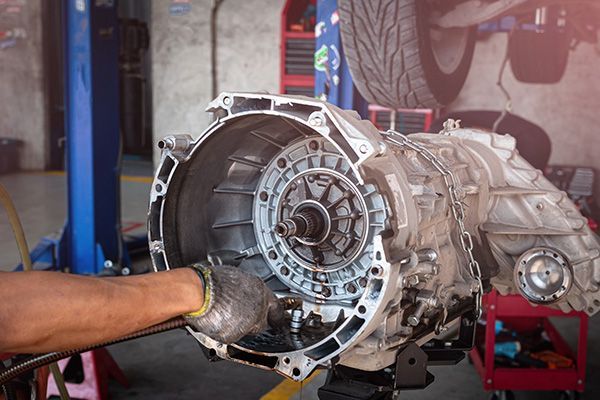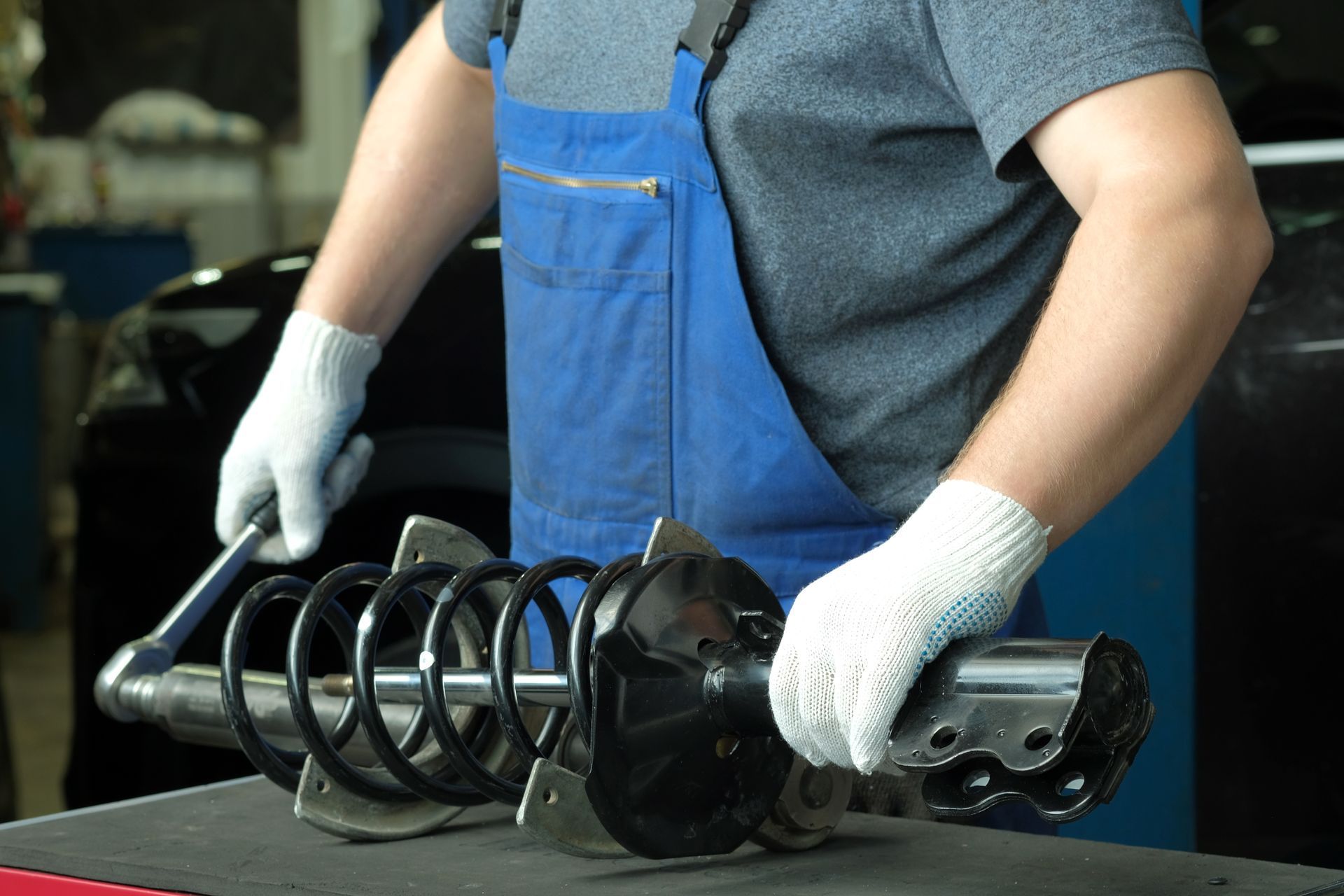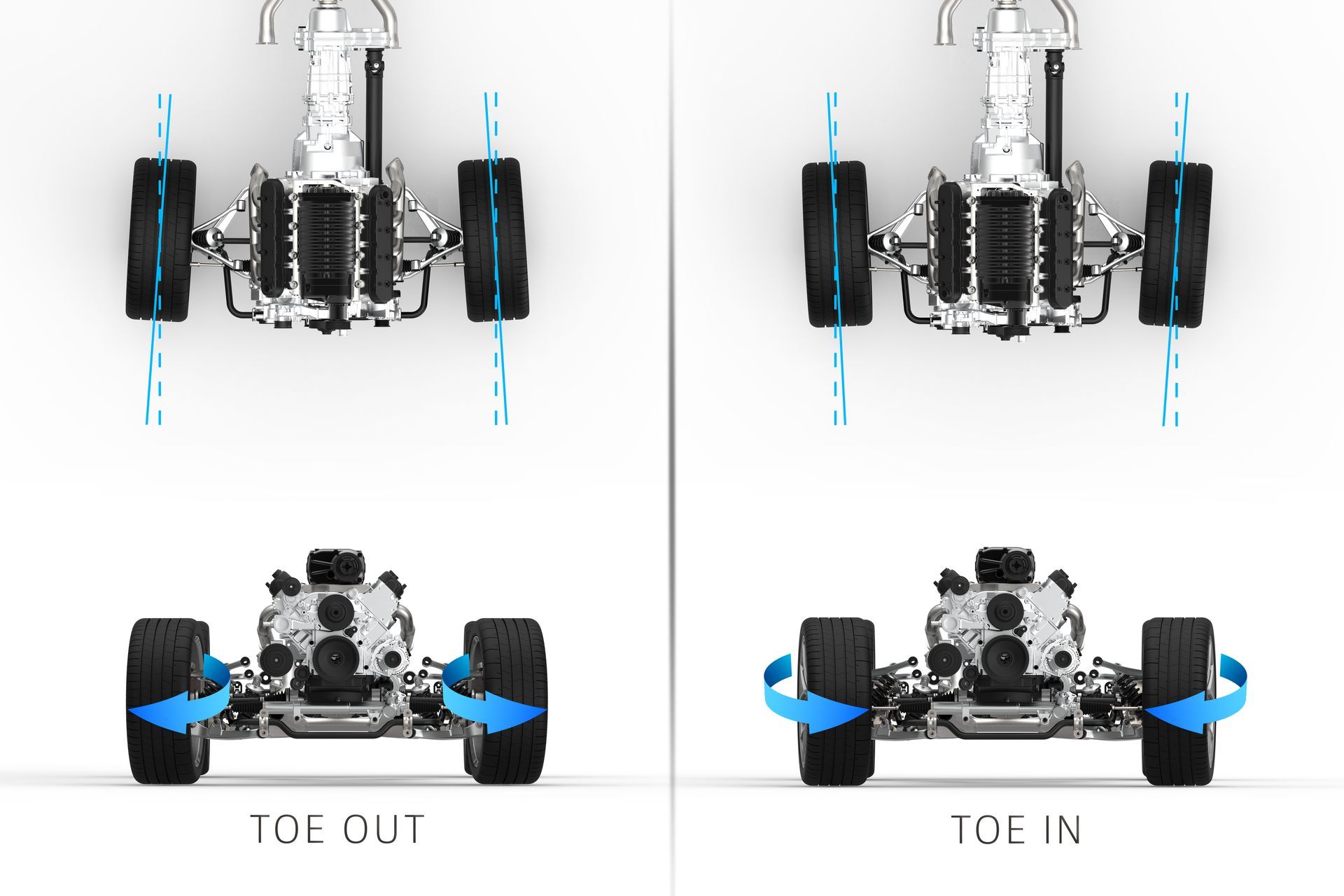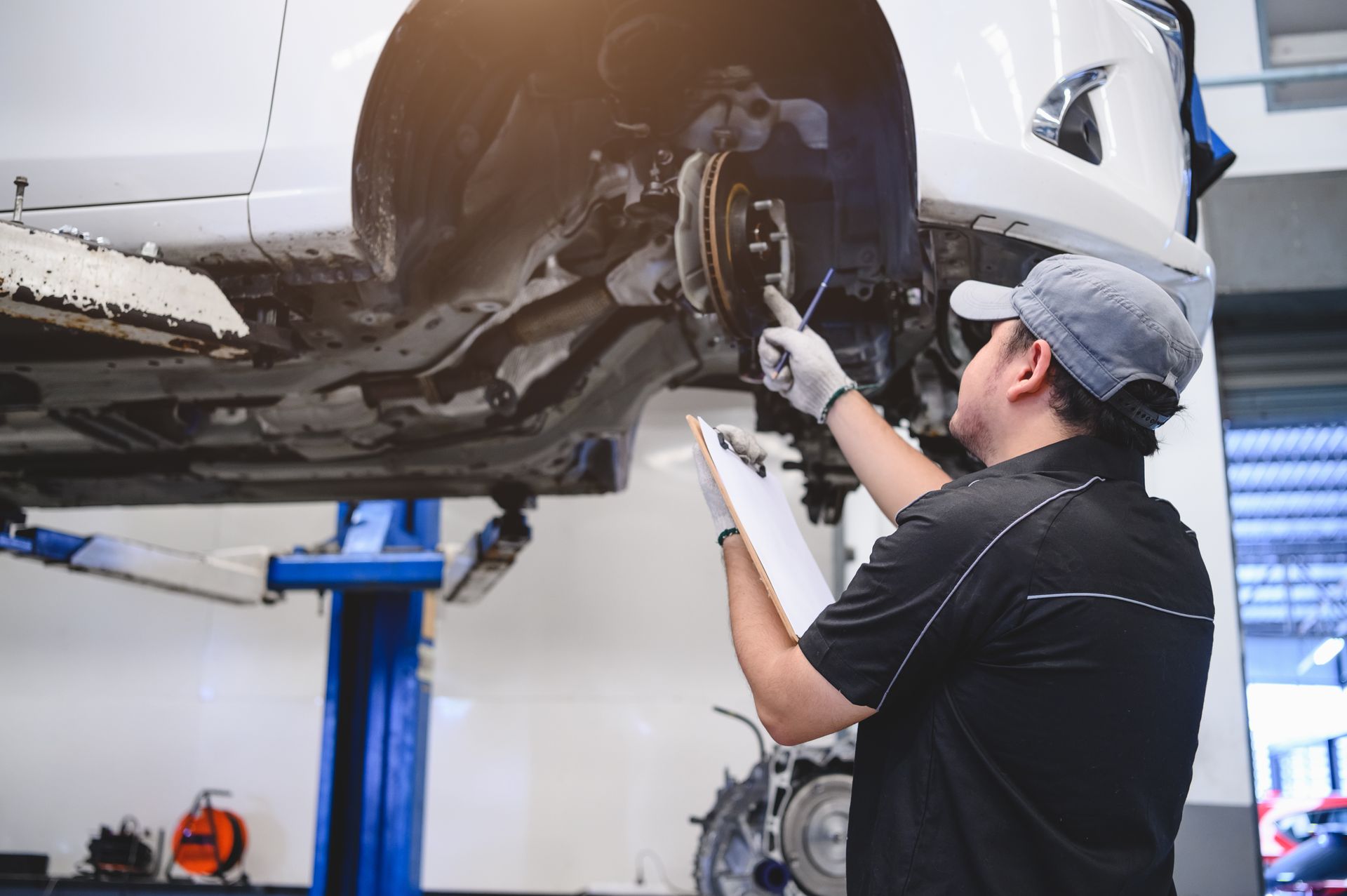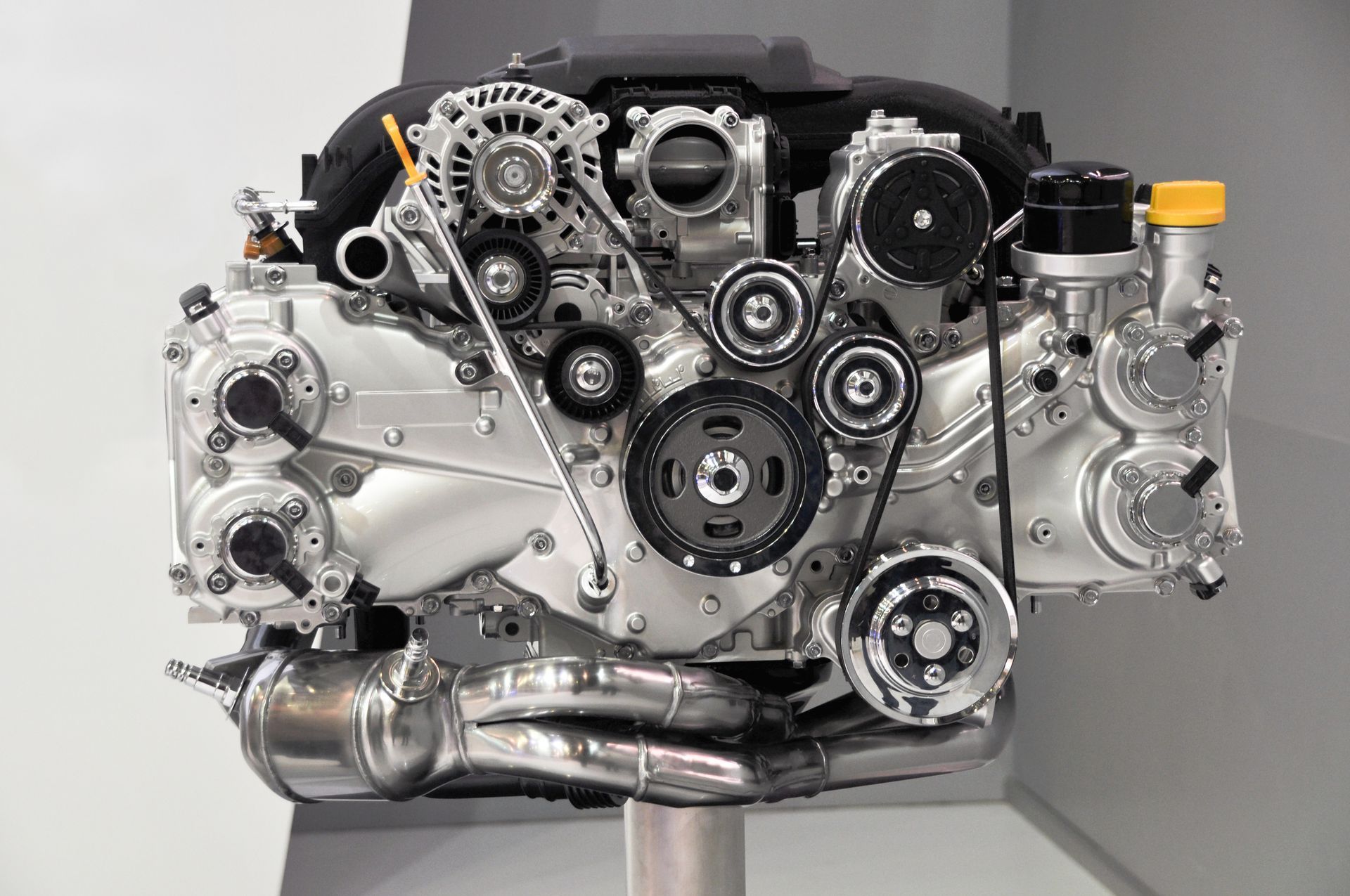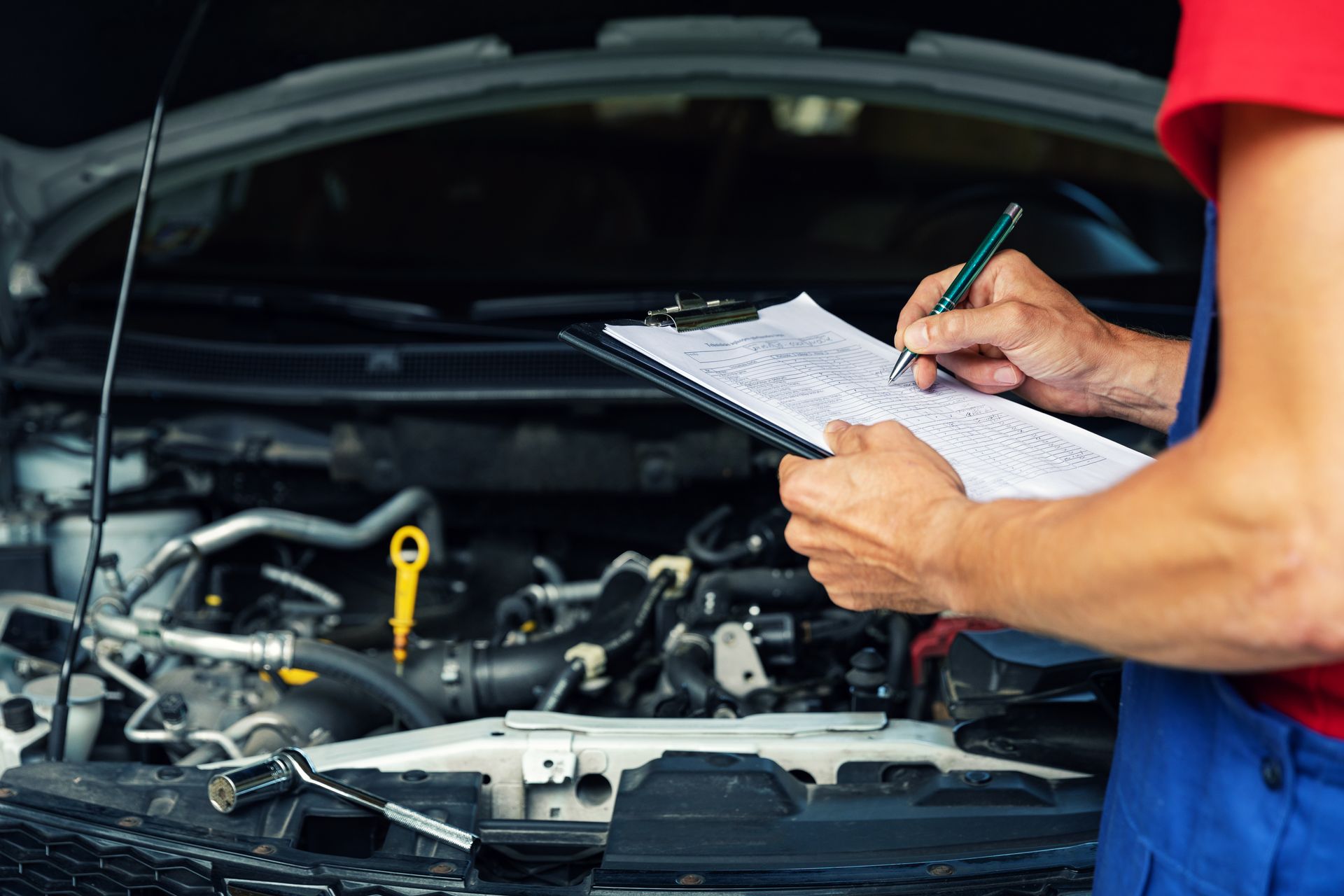Loading ...
Missing business hours data / Error occurred while getting the data.
Loading ...
Missing business hours data / Error occurred while getting the data.
Essential Tips for Proper Fleet Maintenance
Maintaining a fleet of vehicles isn't just about ensuring they run. It's about optimizing their performance, extending their lifespan, and safeguarding your investment. Whether you manage a small business fleet or a large commercial one, effective maintenance is crucial. But where do you start? How can you ensure every vehicle remains in top condition? Here, we'll explore essential tips for proper fleet maintenance that will keep your vehicles in prime shape and your business running smoothly.
Why Fleet Maintenance Matters
Let's first discuss why fleet maintenance is so critical. Your fleet is a significant investment, and regular maintenance helps protect that investment. Neglecting maintenance can lead to costly repairs, unexpected downtime, and even safety issues. Plus, well-maintained vehicles tend to be more fuel-efficient, reducing overall operating costs.
Imagine you're running a delivery service. If one of your vehicles breaks down unexpectedly, it disrupts your schedule, inconveniences your customers, and costs you money. Prioritizing maintenance minimizes these risks and ensures your fleet operates smoothly.
Developing a Fleet Maintenance Plan
Creating a comprehensive maintenance plan is the cornerstone of effective fleet management. This plan should outline regular inspections, scheduled services, and procedures for addressing issues. Here are some key components to consider:
Regular Inspections
Conduct thorough inspections of each vehicle regularly. Check fluid levels, tire pressure, brake function, lights, and any signs of wear or damage. Early detection of problems can prevent more significant issues down the line.
Scheduled Services
Adhere to the manufacturer's recommended service intervals. This includes oil changes, filter replacements, and other routine services. Keeping up with these schedules ensures that your vehicles remain in peak condition.
Record Keeping
Maintain detailed records of all inspections, services, and repairs. This helps track the history of each vehicle and can be invaluable when diagnosing recurring issues or planning future maintenance.
Driver Training
Educate your drivers on basic vehicle care and how to spot potential problems. They are the ones using the vehicles daily, so their input is crucial in identifying issues early.
Prioritizing Preventive Maintenance
Preventive maintenance is about fixing things before they break. It involves regularly scheduled inspections and services designed to catch potential problems early. Here's why it's so important:
Preventive maintenance reduces the likelihood of unexpected breakdowns, which can be costly and disruptive. It also ensures that your vehicles are running efficiently, saving on fuel and reducing wear and tear. For example, regular oil changes prevent engine damage, while timely tire rotations ensure even tire wear and extend tire life.
Consider setting up a maintenance calendar for your fleet. This calendar should include dates for oil changes, tire rotations, brake inspections, and other routine services. Sticking to this schedule can prevent minor issues from becoming major headaches.
Utilizing Technology for Fleet Management
In today's digital age, technology can play a significant role in fleet maintenance. Fleet management software and telematics systems offer numerous benefits, including:
Real-Time Monitoring
These systems provide real-time data on vehicle performance, allowing you to monitor things like fuel consumption, engine health, and driver behavior. This data helps identify issues before they escalate and can improve overall fleet efficiency.
Maintenance Alerts
Many systems can send automatic alerts when a vehicle is due for maintenance or if a problem is detected. This ensures nothing falls through the cracks and helps you stay on top of your maintenance schedule.
Data Analytics
By analyzing the data collected, you can identify patterns and trends that inform your maintenance strategy. For example, if you notice that a particular model of vehicle tends to have certain issues, you can take proactive measures to address them.
Addressing Common Fleet Maintenance Challenges
Even with the best plans, challenges will arise. Some common fleet maintenance challenges include managing costs, dealing with unexpected repairs, and keeping up with a maintenance schedule. Here's how to address them:
Cost Management
Keep a close eye on your maintenance budget. Regularly review expenses and look for ways to cut costs without compromising quality. Bulk purchasing of parts and supplies, negotiating with service providers, and using generic parts when appropriate can save money.
Handling Unexpected Repairs
Despite your best efforts, unexpected repairs will happen. Have a contingency plan in place for such events. This might include having a backup vehicle available or a quick response team to handle repairs promptly.
Maintaining the Schedule
Consistency is key in fleet maintenance. Use fleet management software to keep track of schedules and ensure timely services. Regularly review your maintenance calendar and adjust as needed based on vehicle performance and usage patterns.
Ensuring Safety Through Maintenance
Safety is paramount in fleet management. Regular maintenance is essential for ensuring that your vehicles are safe to operate. Here's how to focus on safety:
- Brake Checks: Regularly inspect and maintain brakes. Faulty brakes are a leading cause of accidents, so it's crucial to ensure they are in top condition.
- Tire Maintenance: Properly inflated and well-maintained tires are vital for safety. Check tire pressure regularly and look for signs of wear. Rotate tires according to the manufacturer's recommendations to ensure even wear.
- Lighting and Visibility: Ensure all lights and signals are working correctly. This includes headlights, brake lights, turn signals, and hazard lights. Good visibility is crucial for safe driving, especially in adverse conditions.
Embracing a Proactive Maintenance Culture
Fostering a proactive maintenance culture within your organization can make a significant difference. Encourage everyone involved, from drivers to maintenance personnel, to prioritize maintenance and report issues promptly. Regularly communicate the importance of maintenance and recognize those who contribute to a well-maintained fleet.
Prevent Downtime and Save Costs! Trust
Suwanee Service Station to provide expert fleet maintenance services. Our team is dedicated to keeping your fleet operating efficiently. Contact us now to learn more about our maintenance programs.
Loading ...
Missing business hours data / Error occurred while getting the data.
Working Hours
Having Trouble Finding Us?
Loading ...
Missing nap lines data / Error occured while getting the data.
